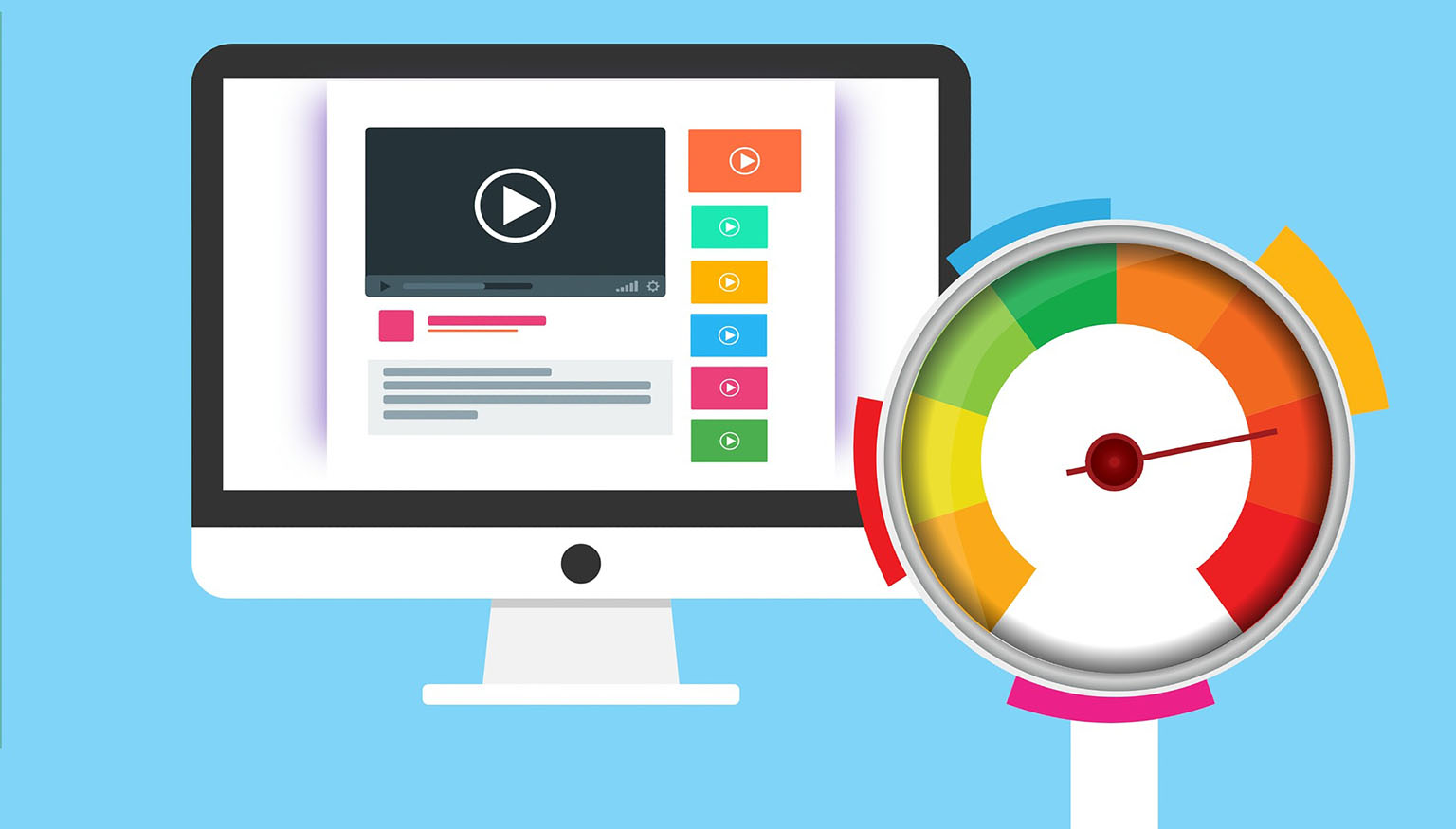Introduction
Website performance is critical in today’s fast-paced digital environment for engaging users and increasing conversions. Slow-loading websites not only annoy users but also have a negative influence on search engine results. In this post, we will look at practical strategies and approaches for improving your website’s performance and achieving quicker loading times. You may improve user experience, increase search exposure, and ultimately achieve your online goals by applying these tactics.
Optimize Image Sizes
Large images are often the root cause of slow-loading webpages. Optimize your photographs by compressing them without sacrificing quality to enhance loading times. Image compression techniques or plugins can be used to reduce file sizes without compromising aesthetic appeal. Consider adopting newer picture formats like WebP, which offer higher compression and faster loading rates than conventional formats.
Enable Browser Caching
Using browser caching, users may save specific website files on their local devices, such as photos, CSS, and JavaScript. When visitors return to your website, their browsers will be able to obtain these cached data rather than downloading them again, resulting in speedier loading speeds. You may dramatically increase performance for returning visitors by configuring your server’s cache headers or using caching plugins.
Minify CSS and JavaScript
CSS and JavaScript scripts frequently contain unnecessary spaces, comments, and line breaks, which increase file size and slow loading times. Minifying these files entails deleting these superfluous components, lowering their size while maintaining functioning. Several programs are available to automatically minify your CSS and JavaScript files, optimizing them for quicker loading.
Utilize Content Delivery Networks (CDNs)
The files on your website are distributed among several servers across the world via Content Delivery Networks, guaranteeing that users may access them from the server nearest to their geographic location. This decreases the amount of distance that data must travel, resulting in speedier loading times. CDNs can also aid with traffic spikes and provide extra protection. You may drastically enhance loading speeds and overall performance by connecting your website with a trusted CDN solution.
Choose a Fast Web Hosting Provider
The quality and speed of your web hosting service have a significant impact on the performance of your website. Choose a hosting service, such as GEAMUS Hosting, that has quick server response times, dependable infrastructure, and enough resources to meet the demands of your website. Consider a hosting plan that is geared for speed, such as those that use solid-state drives (SSDs) or include caching methods. Investing in a dependable hosting company is critical for optimizing website performance.
Minimize HTTP Requests
Every element on your website, such as photos, scripts, stylesheets, and fonts, necessitates its own HTTP request. The greater the number of queries made by your website, the slower it will load. Consolidate and optimize your CSS and JavaScript files to reduce HTTP requests, utilize CSS sprites to consolidate several pictures into one, and reduce the amount of external scripts and fonts. By streamlining and condensing these pieces, the overall number of requests will be reduced, resulting in better loading rates.
Prioritize Above-the-Fold Content
The section of a web page accessible without scrolling is referred to as above-the-fold content. Prioritize loading critical material above the fold first to generate the impression of faster loading. Headlines, key imagery, and principal calls to action are all examples of this. Visitors can begin interacting with your website as the remaining material loads in the background if critical pieces are delivered swiftly.
Regularly Update and Optimize CMS and Plugins
CMS and plugins are important for website functionality, but they can also have an influence on performance. Use the most recent versions of your CMS and plugins, as they frequently offer speed enhancements and bug fixes. Furthermore, evaluate and delete any unwanted or out-of-date plugins that may be slowing down your website.
Conclusion
You may improve your website’s performance and attain lightning-fast loading rates by applying the strategies and practices outlined in this article. Improving loading times requires optimizing image sizes, enabling browser caching, minifying CSS and JavaScript, utilizing Content Delivery Networks (CDNs), selecting a fast web hosting provider, minimizing HTTP requests, prioritizing above-the-fold content, and regularly updating your CMS and plugins. Prioritizing website performance not only improves user experience and engagement, but it also improves search engine rankings and distinguishes you from the competition. So, invest in website optimization today and gain the benefits of a speedier, more efficient online presence.

